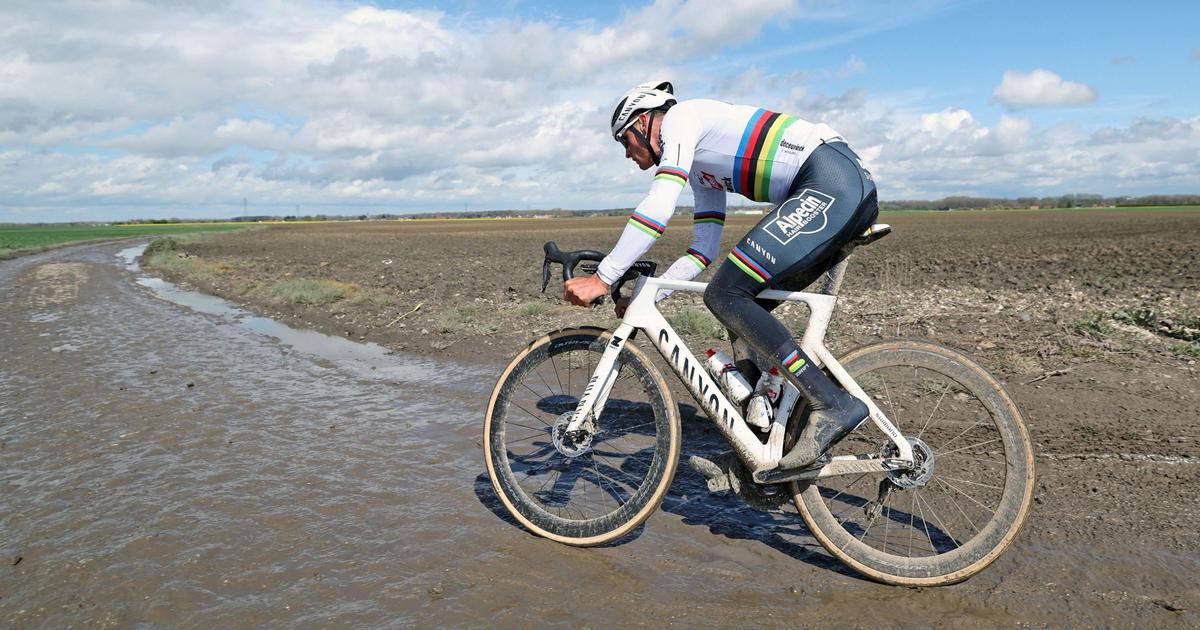Enlarge image
Zoe Roth at an appearance in 2019: The best-known photo of her showed her as a four-year-old
Photo: Noam Galai / Getty Images for BuzzFeed
»Disaster Girl«: Millions of internet users probably only know Zoe Roth by this name.
The 21-year-old is a kind of involuntary web star who will probably stay four years old forever in the world of internet memes.
Roth became known through a photo that her father took in 2005 and posted two years later with the title »Firestarter«: A house is on fire in the neighborhood (the whole thing was a controlled fire for which the fire brigade was responsible, by the way war), Roth looks into the camera as a little girl - with a memorable facial expression that can be interpreted as a mischievous or even diabolical smile.
In 2008 the photo became better known through a photo competition: it soon circulated on popular portals such as "Buzzfeed" and became a running gag in the online world.
Today there is also a variant of many iconic accident or disaster photos in which someone has mounted the head of four-year-old Zoe Roth.
Wherever something burns, explodes or goes under in a popular photo, the "disaster girl" on the internet is not far away.
The motif has taken on a life of its own.
More brought in than expected
In mid-April it was now Zoe Roth herself who consciously and as an adult woman stepped into the public again with the photo.
Roth offered the 2560 by 1920 pixel picture of her father as a so-called "Non-Fungible Token" (NFT) on the Foundation platform.
That NFT was finally sold to a user named @ 3fmusic for the equivalent of around 340,000 euros at the time.
glossary
AreaNFTs, Non-Fungible Tokens expand
Non-Fungible Token (NFT) means something like "non-exchangeable token".
These are one-time certificates of ownership for digital goods.
They are stored in a forgery-proof wallet on a blockchain.
The certificates refer to the respective original file.
Unlike the certificates, however, these are not copy-protected.
The certified files can be reproduced in the same way as any digital file, but only the NFT owners "own" the respective original.
Unfold the ether area
Ether, or ETH for short, is the name of a cryptocurrency like Bitcoin.
The underlying system with its own blockchain is called Ethereum.
It has existed since 2015.
Expand blockchain area
A continuously expandable list of cryptographically linked data blocks.
In other words: a decentralized, i.e. distributed over many computers and thus forgery-proof digital cash book.
Expand Smart Contract area
While the Bitcoin blockchain only allows Bitcoin transactions, Ethereum offers the possibility of concluding smart contracts and thus linking transactions to certain conditions.
These are programs that run themselves automatically as soon as the conditions specified in them are met.
You can find out more about this here.
AreaWallet unfold
The English word for wallet is used to describe a device or program that is used to manage cryptocurrencies such as Bitcoin or Ether.
The virtual money itself is not stored in it, however, it is in the respective blockchain under the public addresses of the owners.
Wallets only contain the cryptographic keys to access them.
Gas opening area
The English word for fuel expresses the computing power that is required for every operation - for example a transaction or the execution of a smart contract - in Ethereum.
Whoever provides this computing power is paid with gas.
You can find out more about this here.
Open area
Like euro pieces, NFTs have to be “minted”.
In this case, that means: The smart contract, in which the creators, properties and conditions of sale of an NFT are programmed, is written into the blockchain and thus documented in an unchangeable and publicly viewable manner.
She did not believe that she could make so much money with the NFT, Zoe Roth told the US newspaper "The News & Observer" this week.
She, who is now studying at the University of North Carolina at Chapel Hill, expected a final price of around 1,800 euros.
She and her father needed a few weeks to think about it before they agreed to the auction.
Ultimately, however, as the newspaper writes, Roth and her father even brought a manager and a lawyer into the team to help them set up the auction.
Their conditions stipulate, among other things, that the Roths would earn ten percent from every future resale of the NFT.
Zoe Roth reportedly wants to donate her share
All the "Disaster Girl" memes would never have brought Zoe Roth any income, "The News & Observer" sums up: But now, for the first time, she has the feeling that she has control over the photo that shows her as a little girl.
The 21-year-old also sees it this way: The possibility of selling the picture as an NFT shows "that we have a kind of control, a kind of ability to act in the whole process," Roth told the newspaper.
In a video interview, however, she also emphasizes that she sees the photo and the accompanying memes more as a kind of “fun fact” about herself, rather than something that defines her as a person.
By the way, Roth's family wants to split up the money she earned from the NFT sale, and her brother and mother should also benefit from the auction.
According to the report, Zoe Roth intends to donate her share to a good cause.
mbö














/cloudfront-eu-central-1.images.arcpublishing.com/prisa/ZFSXEC2EBRU4BTGEDWGLV2QIEM.jpg)
